
I decided to show 4 versions of American APC's since WWII, I have experience with 2 of them, the 113 and the Bradley, I have seen the earlier versions in museums but originally didn't know much about them until now.
During World War II, it became increasingly clear that infantry would need mobile, protective transport vehicles to carry them to and around battlefields. In a world of armored warfare, it was not enough for them to be brought up in trucks and then slog their way forward on foot.
Some efforts were made to get around this during the war, but it was in the aftermath that armored personnel carriers (APCs) began to emerge.
In September 1945, just as the war was ending, the US Army put out a new specification to the manufacturers of military vehicles. It was looking for a personnel carrier, fully enclosed to protect the men inside and tracked for cross-country travel.
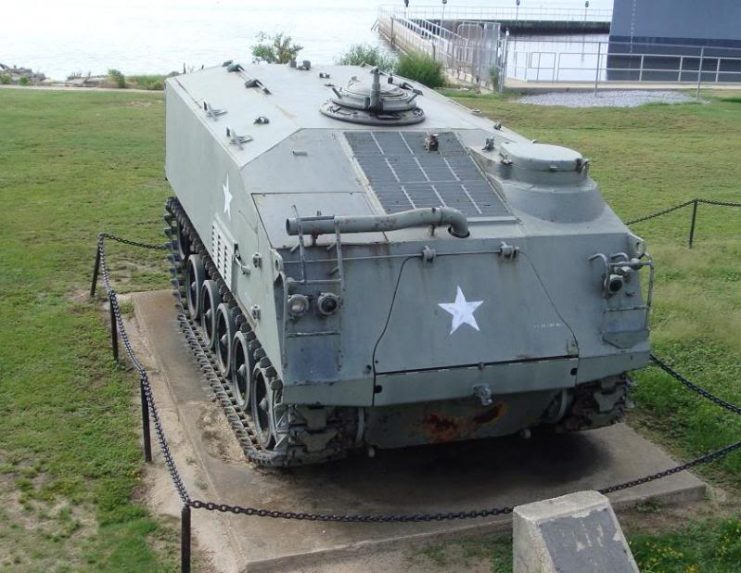
The hull mostly consisted of a large steel box, with twin doors at the rear through which ten infantrymen could embark. The driver sat at the front beside the engine, and the commander sat behind him with a cupola and .50 caliber machine gun.
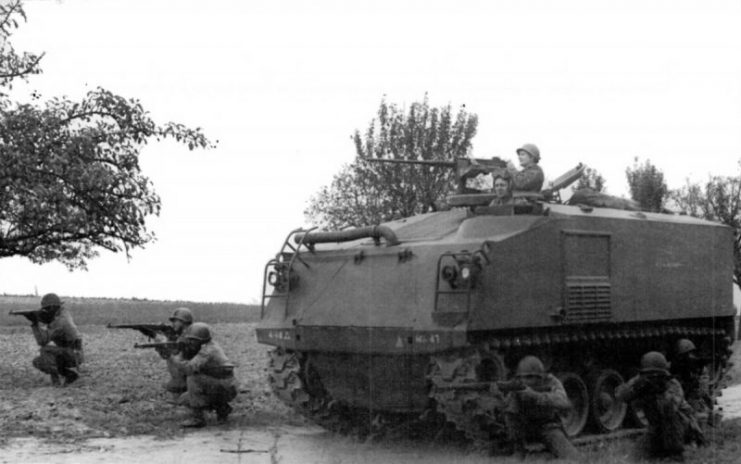
The M75 did not have an amphibious capability, an increasingly important feature in post-war fighting vehicles. Due to changing demands and understanding of modern warfare, it was already showing its flaws by the time it reached the Army. But as a proof of concept, it moved the US military forward.
Built in small numbers using components from tanks, the M75 was also not cost-effective. The Army soon began looking around for a better option.
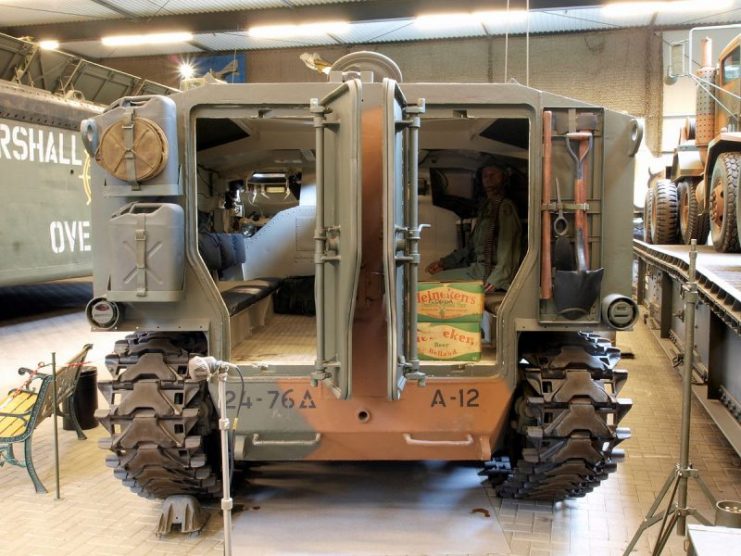
Introduced in 1953, only a year after the M75, the M59 was its replacement. Learning from their experience with that first APC, designers incorporated features such as amphibious systems and a lower profile.
In many ways, the M59 looked like the M75. It was little more than a steel box with a sloped front, carried along on tracks. The driver again sat at the front, between the engines, with the commander nearby in a cupola that carried a .50 caliber machine gun and periscopes for safely viewing the surrounding area.
But the overall design was cleaner than its predecessor, and it was less vulnerable to enemy fire. A hydraulic ramp at the rear and two hatches in the roof gave infantry multiple ways in and out of the vehicle.
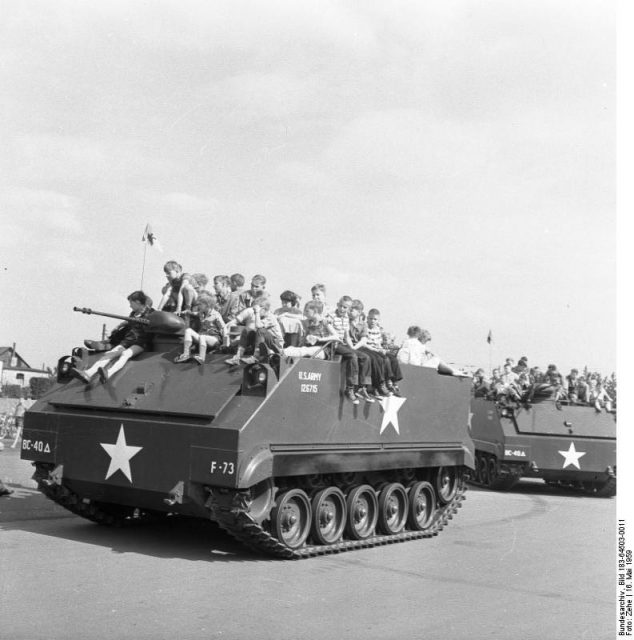 M59 APC in West Berlin, German
M59 APC in West Berlin, GermanThe M59 was successful enough to be mass produced and turned into several variants. These included a command vehicle, a mortar carrier, and an ambulance.
The M5 had one critical flaw. Its engines were underpowered relative to the demands placed upon them, leading to heavy wear. That affected its reliability and placed a hefty burden on maintenance teams. The drawback was outweighed by its advantages, however, as it was both better and cheaper than the M75. It remained in service for decades.
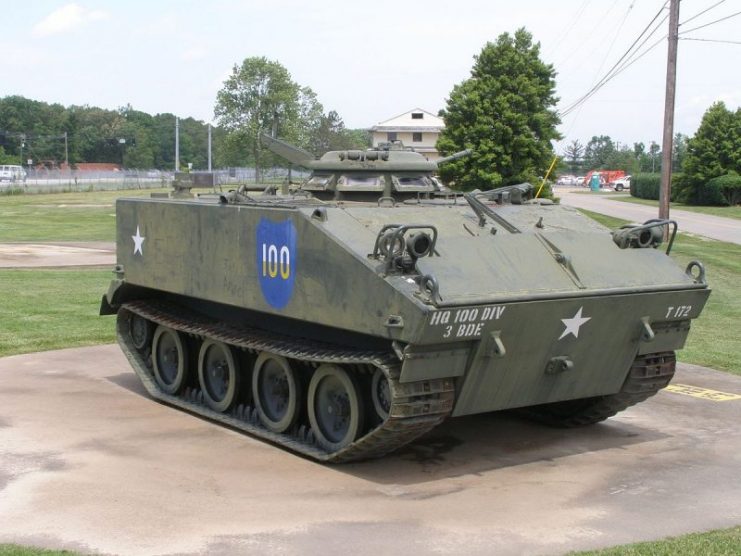
In 1960, the resulting machine started to roll off the assembly lines and into infantry divisions. This was the M113 APC.
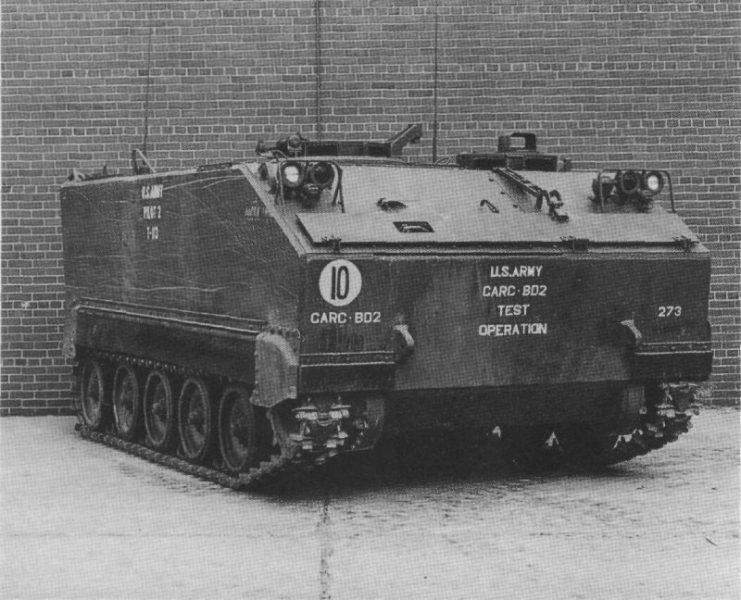
At first glance, the M113 looked a lot like its predecessors: little more than a rectangular metal box on tracks with a sloped front. But under that shell, it was a more sophisticated vehicle.
Critically, it was built out of aluminum rather than steel, making it significantly lighter but still tough enough to protect the men inside.
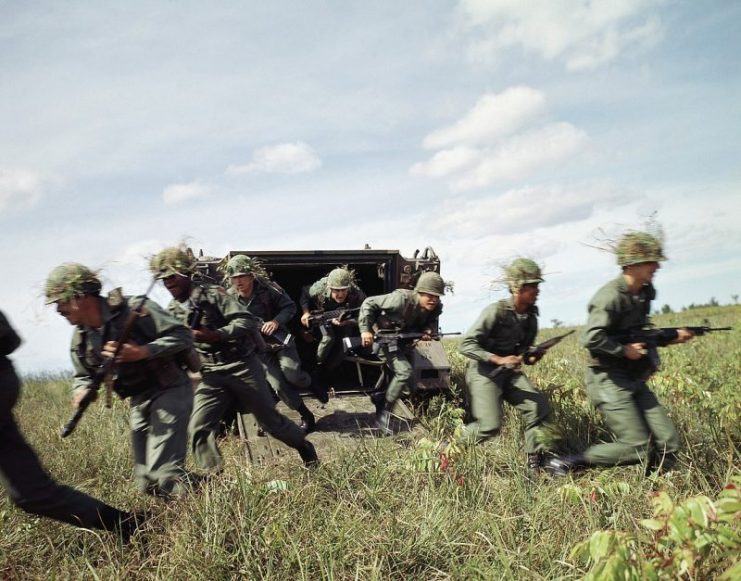
Around him, ten infantrymen sat along the walls. They could get in and out through a hydraulic ramp at the back or a hatch above their heads. The vehicle could become amphibious with little preparation, using its tracks for propulsion. I was licensed on both the M113,
the M548 Variant which used the same drive-train as the M113 and I got licensed in the Bradley.

Initially equipped with a gasoline engine, the M113 switched to diesel in 1963 with the M113A1 model. It was also modified into a wide range of variants, carrying everything from specialist radar to missiles to bridge-laying equipment. Tens of thousands were made and sold around the world.
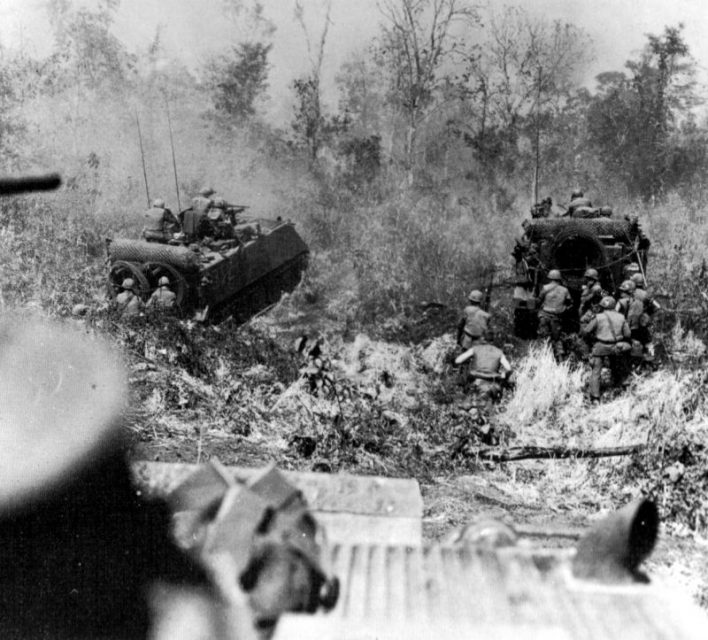
As the 1960s progressed, expectations for transport vehicles changed. The potential for war against the Soviet Union brought with it the fear of nuclear, biological, and chemical contaminants (NBC) as well as the need for fast, tough vehicles that could take part in fighting.
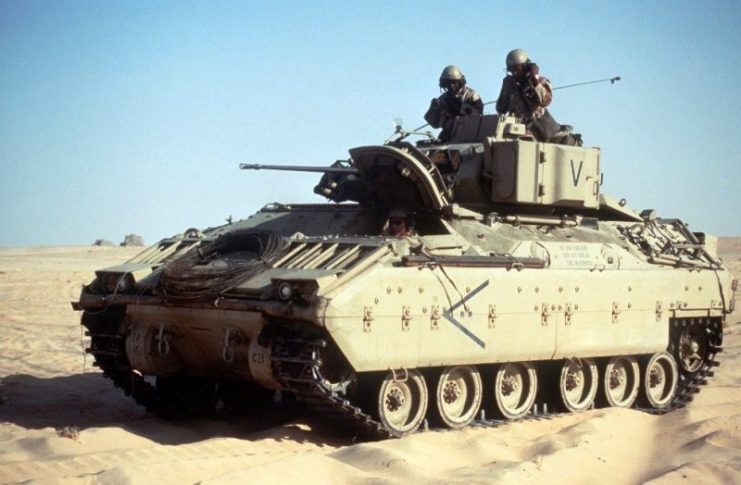
The appearance of the Soviet BMP series of vehicles made the case more urgent and set the US on a course towards its first infantry fighting vehicle (IFV).
It took over a decade of changing specifications, with political battles over design and budget, before the resulting vehicle finally appeared in 1981. Named after WWII general Omar Bradley, the Bradley Fighting Vehicle came in two forms.
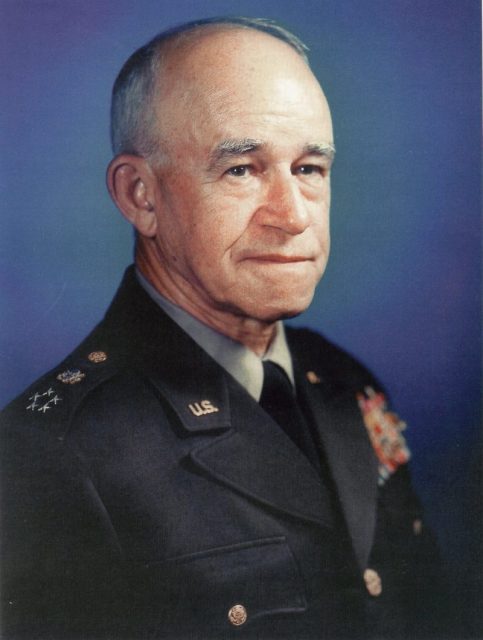
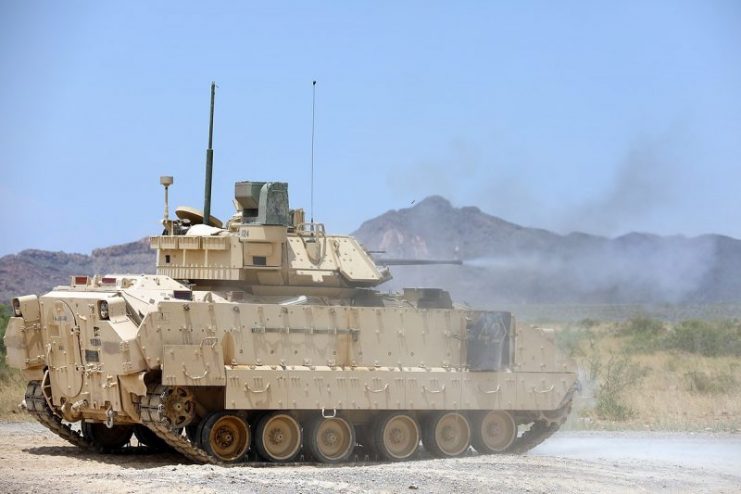
There have been attempts to replace the Bradley but so far they have not succeeded in bumping the Bradley.
I will have a "Berlin Wall" post showing up tomorrow since November 9th is the day free passage was permitted by the Eger government although it was an accident.

The picture of the APC with the 100 on the side is an M-114, a prototype vehicle used in Vietnam. It had rubber tracks, a round rear hatch and was quite small. The M548 you have shown is actually an M-1015, a 548 variant with power generation capability for EW shelters (like the MSQ-103 shown), they sucked.
ReplyDeleteHey Gromit;
DeleteYeap, the pic of the MSQ was a stock pic, the one we had in school was a 1015, but the one we had in my unit was a 548, It was sold to the shah of Iran, but when the wacky ayatollah's took control, the 548 was at the port for a couple of years until the Army took it back and converted it to the MSQ system that we had. I thought it was fun to drive although the pivot steer was nonoperational, LOL
Spam in a can... I'll stick with my airplane! Got a look at both BMPs and Bradleys, thanks but no thanks!
ReplyDeleteHey Old NFO;
DeleteDepends on your perspective, LOL